Could a job aid be the learning solution that helps your business?
Empowering your employees with the information they need to level-up is an integral part of managing staff and running a successful business. When you identify problem areas or gaps in knowledge, it only takes a quick Google search to discover the variety of options available to educate your employees.
Online courses and eLearning are popular ways of training. But are they the most suitable for teaching the information you need your employees to know?
Training courses and eLearning solutions aren’t always the silver bullet. These are often costly, time-consuming answers to a problem, and depending on what your employees need to know, it could be a waste of time and money.
Before you invest in any learning solution, consider what your employees need to know. Could it be taught with some illustrative material? Do users need frequent access to easy-to-read materials rather than something they need to commit to memory?
If the answer to any of these is yes, what you might need is a job aid.
Job aids can be instrumental in helping people learn how to complete tasks. In this post, we will share our advice for creating job aids that will work best for your business.
You can watch the video on this topic at the top of this post, to listen to the podcast episode, hit play below, or read on for more…
What are job aids, exactly?
A job aid, otherwise known as a “cheat sheet”, is any material that helps you complete a task.
Job aids are essential tools to empower people with useable information to perform tasks independently. They don’t have to be formal or created on any special software. They just have to help the user through a process successfully and in the simplest way possible.
You’re probably already using job aids and don’t even know it.
A job aid can come in the form of a virtual sticky note on your computer screen, reminding you what your computer login password is. It could be the paper assembly instructions detailing how to build that new desk for your home office. It could be a checklist, an infographic, an app, a print-out, a note scribbled onto a piece of paper – all these have the potential to function as an effective job aid.
Stop repeat questions
Create clear videos and guides with Snagit so you only have to explain tasks once.
Try it Free
Job aids are used over and over again and provide value to a returning user. Designed to be deliberately easy to understand and quick to use. Most importantly, job aids should be convenient to access when needed.
Common examples of job aids include:
- One-pagers
- Cheat sheets
- Paper handouts
- Instructional lists
- Printouts
- Performance support collateral
- Checklists
- Infographics
- Videos
- User manuals
What job aids are NOT
The key word here is “aid”. As in, assist or support. A job aid serves to assist or support staff in completing their assigned tasks by providing a quick reminder of how to do them. Anything that teaches someone how to do something new is a training tool not a job aid.
A job aid is not a training solution, but rather a reminder of something the employee has been trained on previously and may need a slight memory jog for in order to perform well.
Job aids are not tools either. Additions to an office that are meant to enhance comfort or efficiency are not job aids. An ergonomic mouse, state of the art lumbar support in an office chair and a standing desk are excellent supports in the workplace but they are not job aids.
Improving Your Internal Communications
A guide to how visual content can help create a more collaborative and productive work environment.
How is a job aid different from job training?
Job aids and job training are both very important components of supporting employee success but the two serve very different purposes. Using a job aid for training is not going to give you the outcome you are hoping for. And using a training tool when what is called for is a job aid will prove ineffcient.
While job training is focused on guiding employees through policies, procedures, software overviews, and other lengthy procedures required to fulfill their job descriptions, job aids act more like refreshers for when an employee needs to complete a very specific task like performing a single operation within a software or having a particularly targeted conversation.
Job training sets the expectations for success in a role. Job aids help individuals complete specific tasks within their established role.
How do job aids improve performance?
Training only goes so far, and it only stays in a person’s memory for a short time. When the face-to-face coaching session from a few weeks ago is already growing stale and you hear, “How do I do that task again?”, that’s when job aids shine. They’re available on demand with exactly the information employees need, whenever they need it.
Both employers and employees have better days when answers are available right away. Instead of having to chase someone down for help, employees have a job aid that shows them the steps required to complete a process. No need to page through layers of documentation to find the exact instructions — a job aid is right next to their workstation so employees can complete the task correctly the first time.
Not only are job aids great at helping employees remember what they’ve learned from a training (such as processes they only need to do occasionally, and don’t need to memorize), they’re also helpful when something changes — for troubleshooting, for example, or to walk through steps of a slightly different workflow of new software versions.
These efficiencies add up. According to Peregrine Performance Group, companies they work with have replaced a one-week training course with one day of training plus a job aid. Not only is less training needed, proficiency increased by 50%. When you take the time to write an effective job aid, you can expect these types of benefits:
- Save time by getting work tasks done more quickly
- Avoid making mistakes, thanks to having clear directions
- Less employee stress
- Reduce unnecessary back-and-forth help requests
- Better process/standards control by sharing the same knowledge with everyone all at once
- Less training and re-training
- Better employee and customer experience
Plus, they’re quick — job aides can be deployed 75% faster than traditional training, and at a much lower cost, for much better ROI.
Speed up your screenshot workflows
Stop wasting your time with built-in snipping tools, and try Snagit!
Learn More
Why your team needs job aids
If you’ve worked on a team before, you know that at some point, without a doubt, tasks come up that are outside of the norm, or that need to be completed by someone who doesn’t normally do them. In these situations job aids make everyone’s life easier. They ensure productivity by taking the guesswork out of the task at hand and freeing up mental space for more pressing responsibilities.
Avoid communication problems
Communication challenges are a major factor impacting productivity. Whether it’s waiting for questions to be answered or looking up missing information, the impact that communication limbo has on productivity is very real.
Having a job aid to refer to means that employees can move forward with new or unfamiliar tasks without having to wait for responses or specific verbal instruction.
Creating job aids helps to reduce the development of silos and dependencies, and increase productivity and effectiveness.
Make knowledge-sharing faster
It happens on an ongoing basis. A new procedure is developed, a task gets passed from one staff member to the next, a new workflow comes into play or some other event requires a quick way to bring everyone up to speed.
Well, no one wants to spend their time (or their money) in a long training or watching over someone else’s shoulder to learn what to do. If a new policy gets rolled out, everyone needs to know about it of course, but it doesn’t have to take a large investment of time to make that happen.
Simply creating and sharing a job aid can make the knowledge sharing process so much more efficient and in many cases, it is also more effective
Spend less time on training programs
Job aids, of course, cannot and should not replace training programs but they can serve as helpful resources that reduce the amount of time spent on those programs.
Creating job aids can serve as a supplement to your training programs, providing the necessary information for completing specific tasks or processes without having to book time within your training curriculum to cover them.
How to create effective job aids (step-by-step guide)
Just as you would when creating training material, creating job aids needs to be done with a clear goal in mind. It’s also helpful if you follow a structured process – this will create efficiency and consistency which are both very important variables for you and your team. When you have the right process in place, and you follow it carefully, you will be able to easily create effective aids that your team will be happy to put to use. The job aid creation process should look something like this:
- Define the end user of your job aid
- Gather the required information about the task you’re creating a job aid for
- Decide on the best format to use
- Draft your job aid
- Test your job aid and gather feedback
- Finalize and implement your job aid
Define your audience
Like any effective communication tool, you need to begin the job aid creation process by clearly identifying who the aid is for. People with different roles, levels of responsibility and innate skill sets will require different approaches, for example you would take a much different approach to a job aid meant to serve a C-Suite executive than you would one for use in the mail room.
Consider interviewing or surveying the audience in order to get a very clear picture of what they need in order to be successful. Consider how they might best take in information, what the standard tools of their job are, and the level of education they will most likely have achieved.
Knowing your audience is a key factor in creating job aids that will actually be effective and well utilized.
Upgrade your screen captures
Don’t let clumsy built-in tools hold you back. Take and edit screenshots with Snagit!
Try it Free
Gather information
To create a job aid that is effective in reaching its goal, you have to become very familiar with the task you are creating the aid for. You will need to be sure to include all of the inputs needed to complete the task, but you can take it a step further as well.
Consult with people who do the task you are writing the job aid for. They will be able to provide valuable insight into any common pitfalls, tricky navigation or alternative methods, and potentially even share helpful tips and tricks to assist the end user of the job aid you are writing.
While gathering as much information as possible will help make sure your end result meets your goal, it’s equally as important to know what not to include in your job aid. Think about what information is needed for the task to be completed and resist the urge to add in any “fluff”.
Select a format
Your job aid is only as effective as its presentation allows. There are many job aid formats to choose from and selecting the right one will go a long way in making sure the aid actually gets used.
If the content and visual presentation of your job aid are not spot on, your audience simply won’t use it. To avoid this, be sure to consider how the aid will be distributed and used, in addition to whether the information can be conveyed better in graphic form than simple text.
Here are a few examples of common job aid formats to consider:
Step-by-step instructions
Also referred to as the “cookbook” method, this job aid format breaks down each step and presents them in chronological order. This format is great for tasks that don’t lead to multiple outcomes, like how to access a shared network drive.
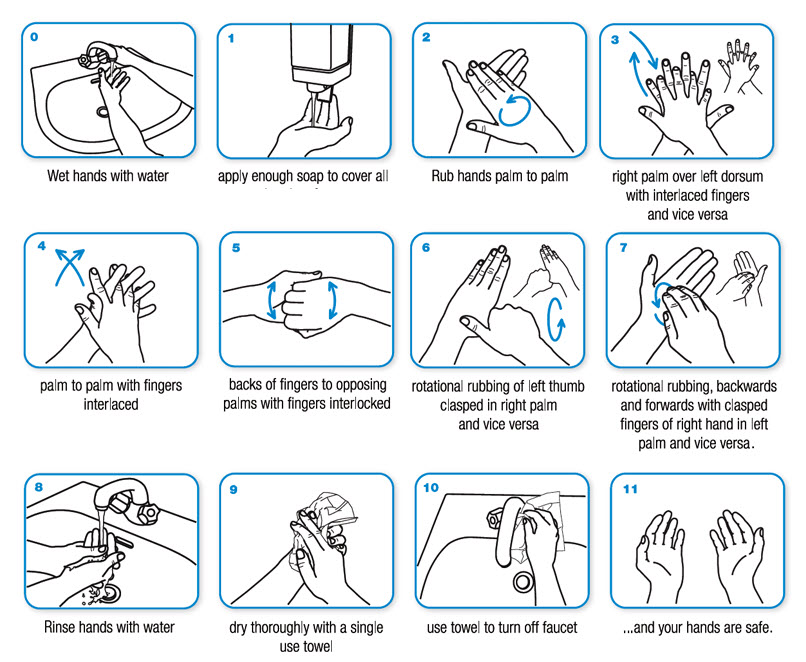
Flowcharts
Flow charts are an ideal format to use when creating a job aid for a task that has many possible outcomes depending on variables within the process. Users are guided through how to proceed by following steps prescribed based on the preceeding result. Visually, these aids often use arrows or boxes to represent the different paths available. Flow charts work well for tasks like responding to a customer service request.
Reference guides
Reference guides can effectively be used to support more than one process or task. They serve as a collection of reminders or tips to help employees who are already familiar with the task at hand but who may need a resource to turn to for quick reference. This job aid format is a good choice for things like health and safety reminders.
Decision tables
Decision tables present the user with a grid to help guide their decision making in processes influenced by multiple variables. Information is clearly compartmentalized and shared using very concise text so that decisions can be made without confusion. These types of job aids are excellent for use in quality control processes.
Checklists
When writing a job aid for a task with lots of action items or requirements that don’t need to be completed in a particular order, a checklist can be very effective. This format presents all of the associated actions in a list format and users can check them off as they are completed. Checklists are good for use with tasks that need to be completed on a daily, weekly, or monthly basis like closing procedures for a retail store, or month end processes for bookkeeping.
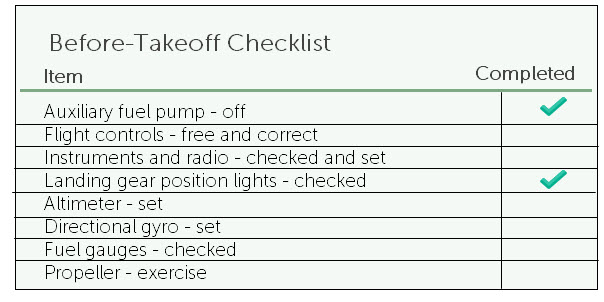
Draft your job aid
Now that you have all the necessary information gathered and you have decided on the perfect format, you can begin to write your job aid!
It can be very helpful to begin with an outline, so that you make sure the information is organized well and you have the correct order in place.
Take your screenshots
Job aids that use more visuals than plain text are the most effective. This can feel intimidating but we’ve got an excellent solution. If you haven’t already, download your free trial of Snagit here.
All you have to do after downloading is push the big red button and select the area on your screen that you want to capture. If the task for which you are creating a job aid is more physical than digital in nature, you can take photos instead.
Annotate
Once you have your screenshots captured, add text, arrows, numbering, or highlights to help make the steps as clear as possible and draw attention to specific portions of the process. Snagit can help you do all of this, and even combine your various screenshots into one document easily. With tools like automated numbering you won’t believe how simple it can be to make clear and effective visual aids with Snagit.
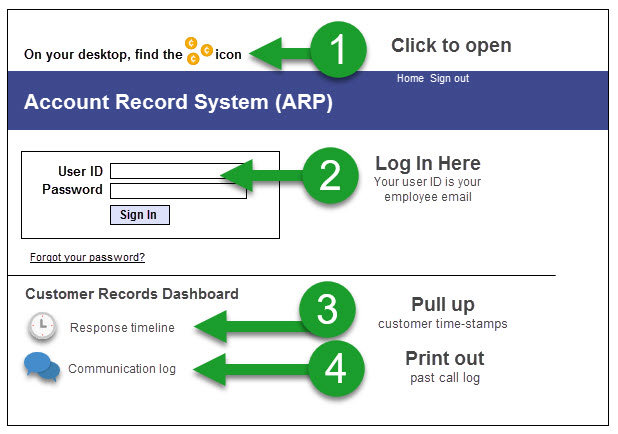
If directions span multiple screens or photos, combine them into one document and add any text around or on top of the visuals.
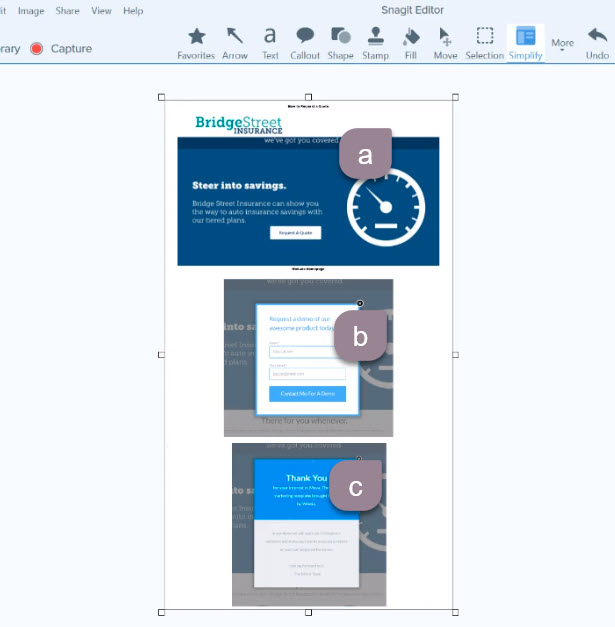
Have a consistent look
Be sure to use a consistent style for your job aids. Fonts, colors, and sizes should be consistent and any company branding should be incorporated whenever possible. You can easily create templates for job aids within editing programs to make your process as efficient as possible. If you keep reading you’ll find a free template we have created to help you easily make job aids with a consistent look.
Make it multilingual
Your job aid isn’t going to be effective if people can’t read it. Make sure to consider the languages spoken by the staff you are looking to serve with your job aid and have the resource translated into as many languages as necessary to serve effectively.
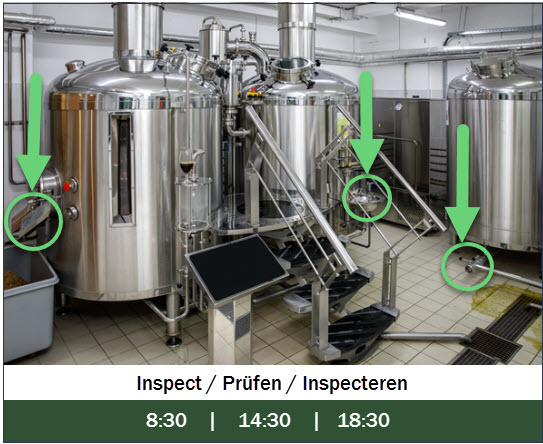
Test your job aid and gather feedback
Now that you have created your job aid, there is one more step to complete in order to make sure it is effective. You need to test it!
Send your job aid to a few seasoned employees in the department that wil be using the aid and have them try it out. They will be able to identify whether any steps have been missed or a shorter path through the process is possible. Make any edits that are necessary based on testing before sending the job aid to your team.
Finalize and implement
Your job aid is ready to be put to use! Distribute it to the team for use and provide clear instruction on when and how to use it.
Ask for feedback once it has been in use for a short time and make edits related to any valuable feedback you receive.
It’s also important to evaluate the aid’s effectivenes. Check in with managers to see if they are receiving less repetitive questioning, or if customer satisfaction rankings have increased – whatever metric makes most sense for the goal assigned to the job aid.
Annotate and edit screenshots with Snagit
Professional mark-up tools and powerful features make it easy to create helpful images.
Try it Free
Bonus: Snagit templates
Still unsure of how to get started with job aids? Let Snagit templates do the work for you!
First, click the Create button and choose Image from Template or select images from the Recent Captures tray, then right click and choose combine in template. You can select whichever templates best suit the needs of your job aid.
Then, simply drag and drop your images and adjust them within the template. It’s that easy! For a full tutorial on making a job aid with Snagit, watch this great video below:
Job aids FAQ
The simplest of tools can be the most useful! Powerpoint, Word, Docs, and Slides are great software options for creating job aids. Programs like Cava, Photoshop or Illustrator can also be used to create graphics. Of course, Snagit and Camtasia are also very useful tools in creating job aids.
Job aids are used by employees either to learn a new task or to access reminders about how to complete a task.
Procedures are documents that follow a linear pattern to describ the step by step process of completing a task. A job aid presents information and instructions related to the completion of a task. A job aid, in fact, could be used to illustrate a procedure.


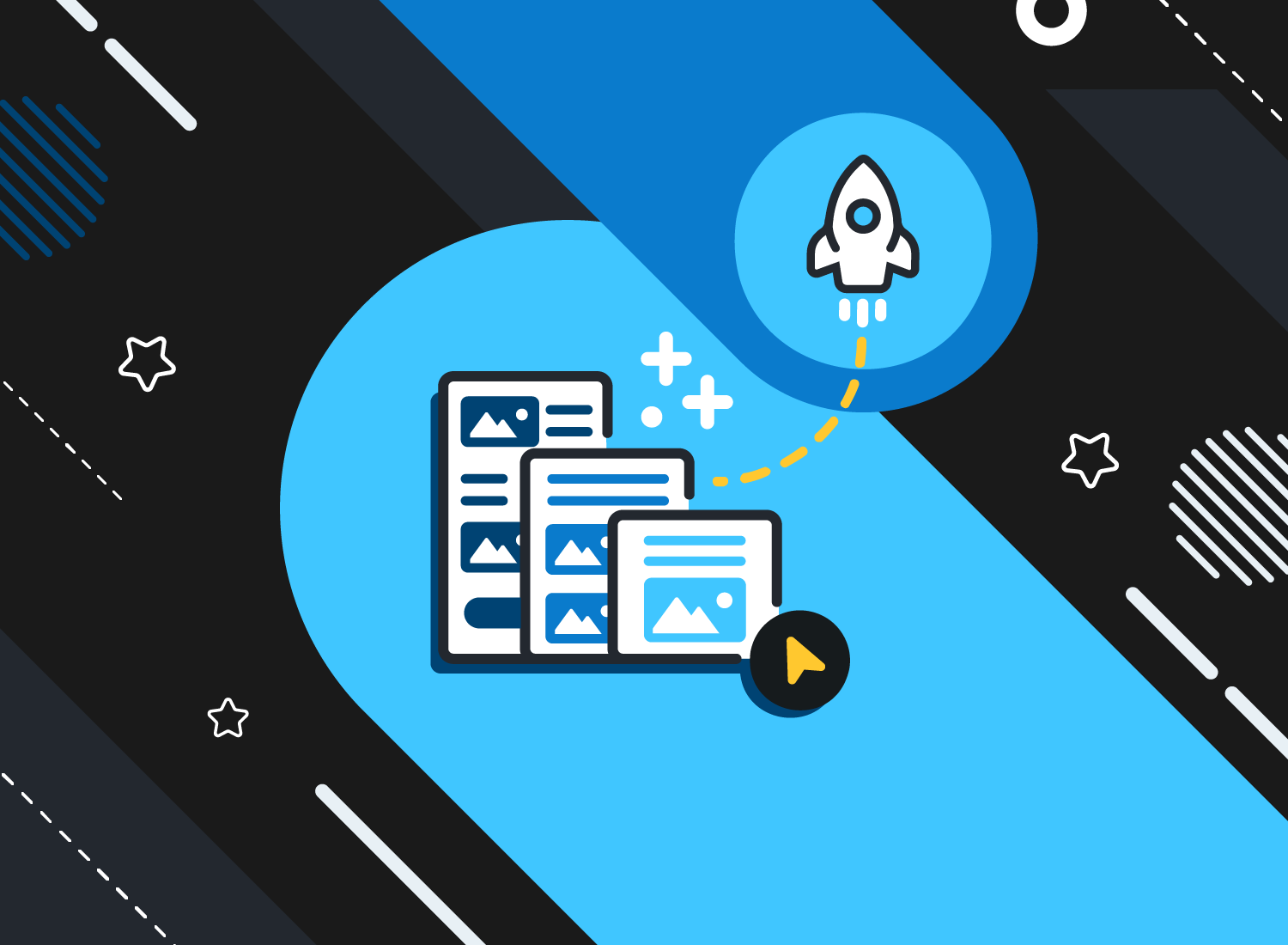
Share